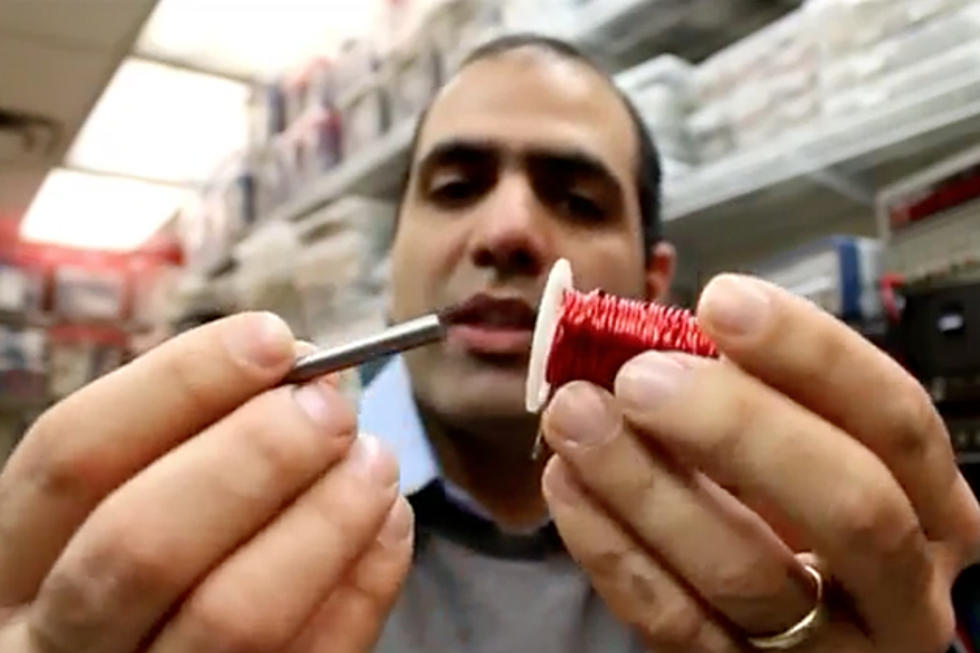
Losing Hair? NASA Engineer Has Created A ‘Laser Helmet’ That May Help
Let's just say I've had my share of stress lately. Perhaps you can relate?
Maybe it's getting a bit older. Maybe it's pandemic and headline panic. Whatever it is, the last few times I've taken a shower, I've been semi-alarmed at how much hair went down the drain. Because yes, women can have hair loss, too.
Men, of course, deal with male pattern baldness and general hair loss. While many are embracing how handsome a man without hair can be--because they absolutely can be and are--some men just aren't comfortable with their hair loss and want to do what they can to prevent it. Or at least slow it down.
From chemicals to magic spells ;), there have been claims for hundreds of years of some solution that may help. Results have been mixed. However, technology may be here to help.

Have you heard of the Theradome? This is a high-tech appliance developed by a former NASA engineer Tamim Hamid. Yep: NASA. He designed laser systems used on space shuttles--clearly a very smart man. However, he was frustrated about his own ongoing hair loss and decided to start experimenting and working on a solution using--Yep, lasers. Don't worry though. These custom-designed lasers aren't hot.
After years of self-experimenting, he finally launched his company in 2009. Behold, the Theradome. Writer Eric Martin with Costco Magazine describes it as a "cordless, lightweight helmet apparatus that runs on a small rechargeable battery." It's also FDA-approved and uses LPT, or laser photo-therapy, with the goal to stimulate hair growth.
OK, but how does it work?
Board-certified dermatologist Dr. Shilpi Khetarpal with the Cleveland Clinic says "it works by producing multiple impulses of cold laser light at a precise 680-nanometer wavelength--impulses that penetrate the scalp to target hair follicles and the papilla, where the structural protein keratin is produced. Once the laser light photons are absorbed, each follicle cell is individually stimulated, resulting in hair growth." Whew, that's a head-full.
Yeah, but does it work?
The results have been encouraging. Creator Hamid says you need to be patient. And consistent. He recommends 20 minutes four times each week. After 6 months, reports have shown people have noticed thicker hair density at the top and after a years, hair may be thicker and fuller all over.
It's best to use it at soon as hair loss begin for best results. However, Hamid says he's seen success in various stages and demographic groups.
Also, it looks a bit like a bicycle helmet to me. Maybe we can get our exercise in while we laser our way to fuller heads of hair?
READ MORE: Here are 50 ways you can improve your work from home lifestyle
KEEP READING: See 25 natural ways to boost your immune system
More From KYYW 1470



![This Incredible Texas Lightning Storm Will Leave You in Awe of Mother Nature [VIDEO]](http://townsquare.media/site/174/files/2014/10/Capture2.jpg?w=980&q=75)
![Tony Hawk and Christopher Lloyd Reveal the Hoverboard Video Was A Prank [VIDEO]](http://townsquare.media/site/174/files/2014/03/Capture3.jpg?w=980&q=75)




